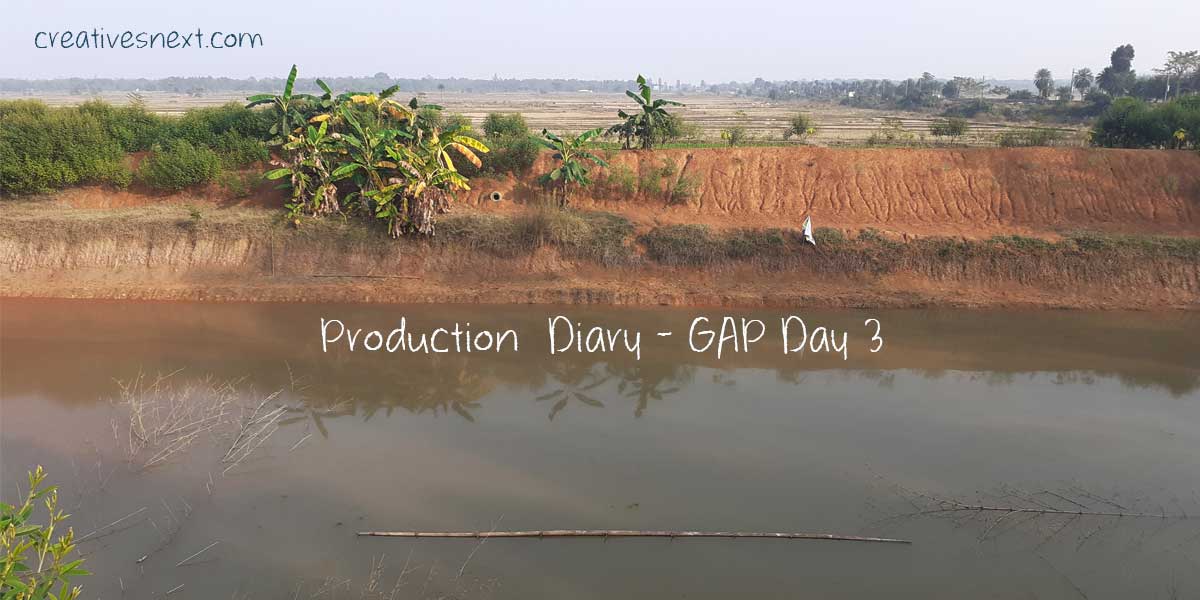
Diary – GAP Day 3
January 4, 2020
After Day 2 we came back to Kolkata and started preparing for shooting for GAP on Day 3. This time we had to move to the district of Jhargram. The district falls within the undulating red and laterite zone. This is one of the six agro-climatic zones of West Bengal.
GAP has different techniques of implementation in different agro-climatic zones. And, so would our approach to capturing the ground scenarios while shooting for GAP on day 3.
Starting our journey from Kolkata on the evening of January 4, 2020, we reached Jhargram divisional town and put up with a guest house that the Vivekananda Institute of Biotechnology (VIBSRAN) at Nimpith had arranged for.
The overnight stay at the guest house was uneventful as usual. An early January night in Jhargram is supposed to be a bit chilly, yet it was not so. We got a hot meal served within half an hour we reached the guest house and slept well.
An early morning departure post breakfast led us to the field accompanied by one of the VIBSRAN scientists, Dr. S Kar who looked after the program implementation in this Undulating Red and Laterite region. He got along with us during shooting for GAP on Day 3.
GAP or Good Agricultural Practices has gained traction all over the world in the last decade. Especially, semi-arid and drought-prone areas have seen a wider impact of different GAP techniques in improving farm conditions. Farm environments including soil micro-nutrients and plant health have seen a better state with increased use of bio-input as well as control over the use of chemical ingredients.
January 5, 2020; Village Belia
Belia is the first village in the morning we made our stopover. The village in Jamboni Block of Jhargram district has predominantly vegetable crop farming, especially in the winter season. Scarce source of water and a relatively poor organic matter in the soil ecosystem made this village an appropriate stage set for implementing Good Agricultural Practices or GAP.
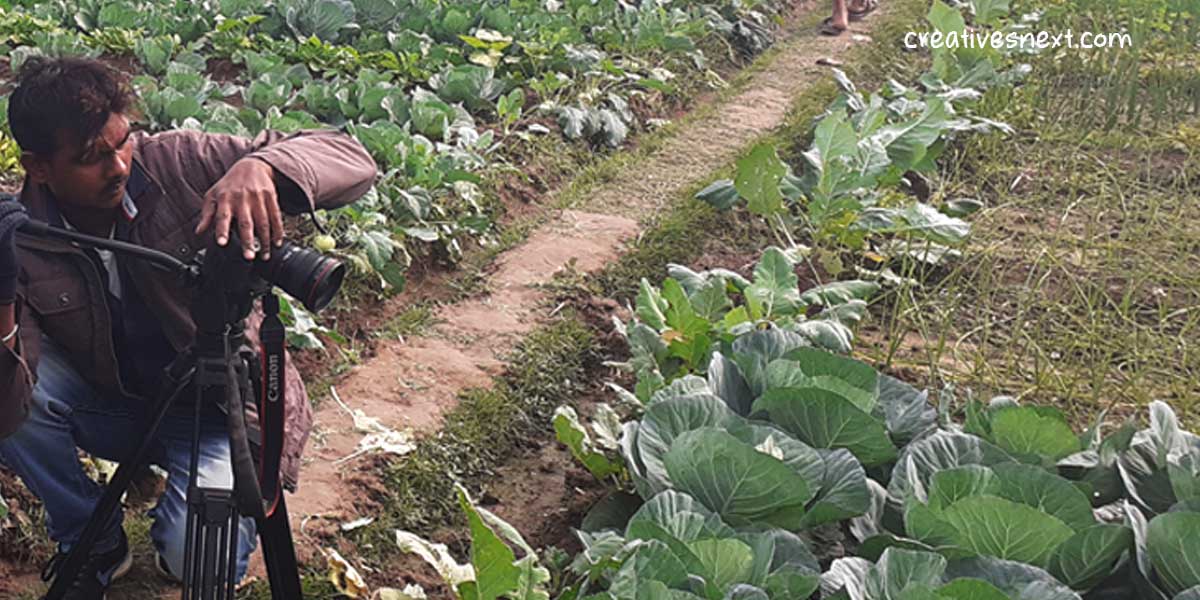
Our idea was to capture how the farmers saw the program components creating an impact on the farm environment, both in terms of ecological development and financial gains.
One of the project components that saw success in this semi-arid region is the seasonal crop planning and INM-IPM practices. INM (Integrated Nutrient Management) and IPM (Integrated Pest Management) bring qualitative change in the soil eco-system over a period of time which is a dire necessity in chemical-infested farming.
The farmers of this GAP village of Belia have implemented GAP techniques that were not so common practices, before, in this region. The program officials and nodal persons, popularly known as the para workers, introduced vermicompost production and its application in the field.
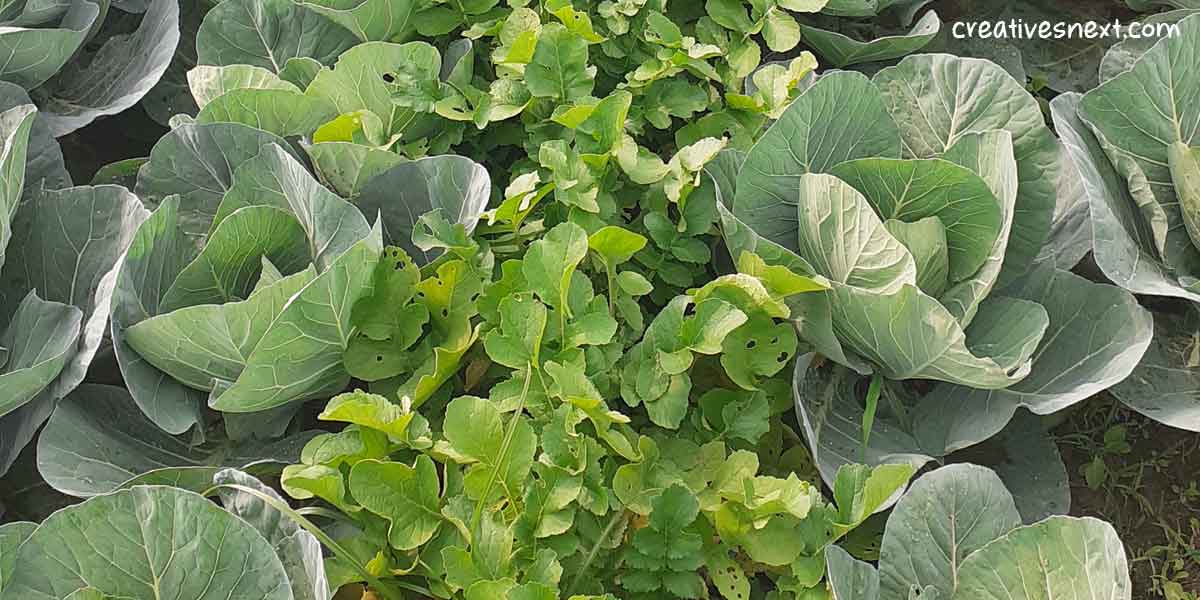
The farmers, here, adopted the GAP techniques so much so, that they even went whole hog with mixed cropping. Mixed cropping helps farmers, with small land holdings. It helps them better space utilization and develop a more heterogeneous ecosystem of subsoil microorganisms.
I always figure out a set of questionnaires before landing on the field, following the program features and components. This time, too, there was no exception. People love to talk about their experiences candidly. All you have to do is to make them talk oblivious to the presence of the camera.
Our find on this village was that the GAP farmers got more interested in soil testing before applying bio inputs. This is keeping in line with the GAP program components. This was one of the prime objectives of the GAP program. A farmer needs to know the soil conditions of the soil before applying fertilizers or any other form of input.
Close to noon, we moved to the next village for our shooting for GAP on day 3.
Village: Bhadui
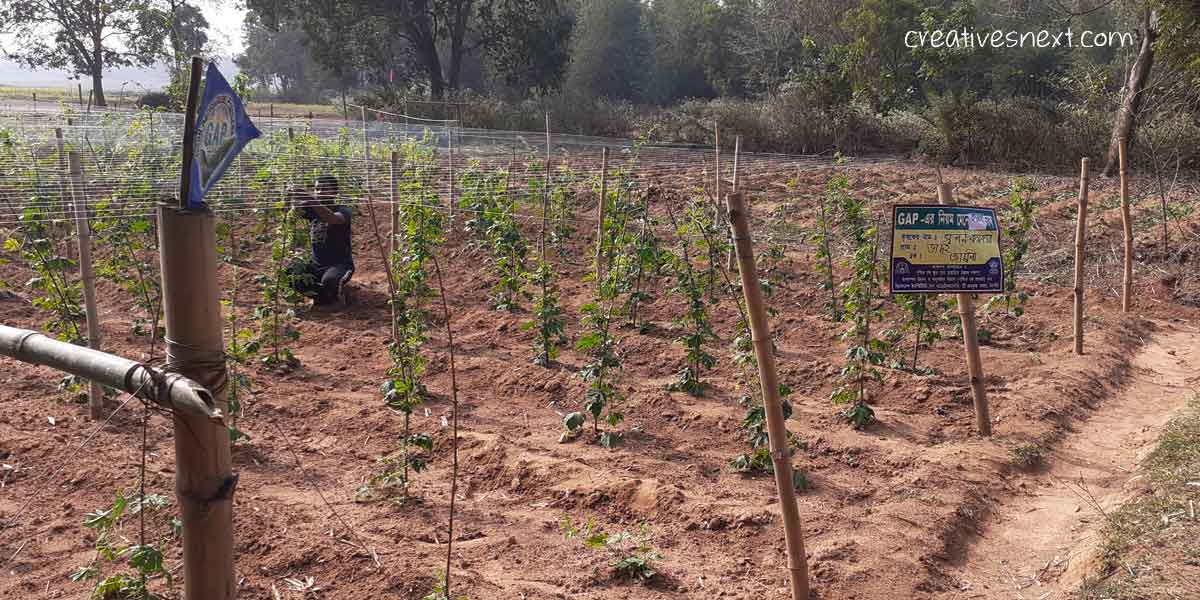
In this village, we chanced to build a sequence following a character, a GAP farmer. Incidentally, we got footage of him working in his field. This farm practice is common for creepers when you need the plants to grow in a certain direction or length. Point is, with the application of bio-inputs and reduced chemicals, plants become less succulent.
This gives a longer shelf life to the plant post-harvest. This village too has many vegetable crop farmers. We also found mustard cultivation aplenty here in Bhadui.
I was not sure if the honey bees were of Apis melifera or Serna indica species (more likely the latter). But it was evident that the bio inputs under the program of GAP have started working. In a Murshidabad village, while we were shooting on Day 2, one of the GAP farmers stressed the farm ecosystem. One of the indicators of a healthier farm environment is the presence of beneficial animals and organisms in
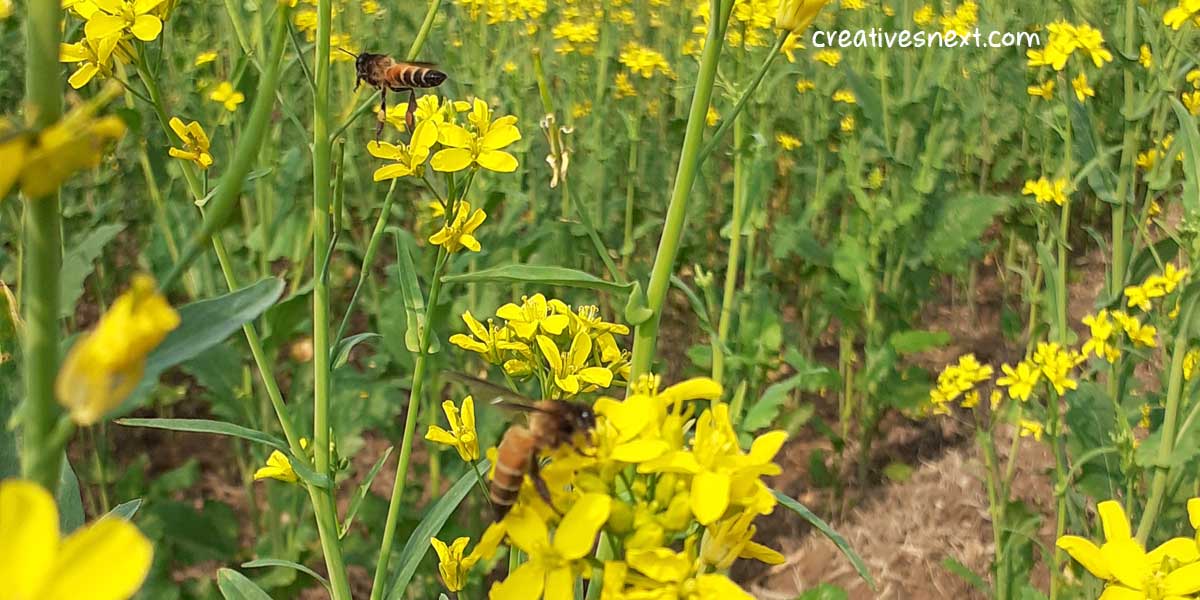
the ecosystem. Frogs and honey bees are two sure indicators. In many areas, excess use of chemical inputs, however, repels honey bees to some extent. This can be reversed with the introduction of biofertilizers and balancing chemical inputs, another objective of the program.
Village: Jamui
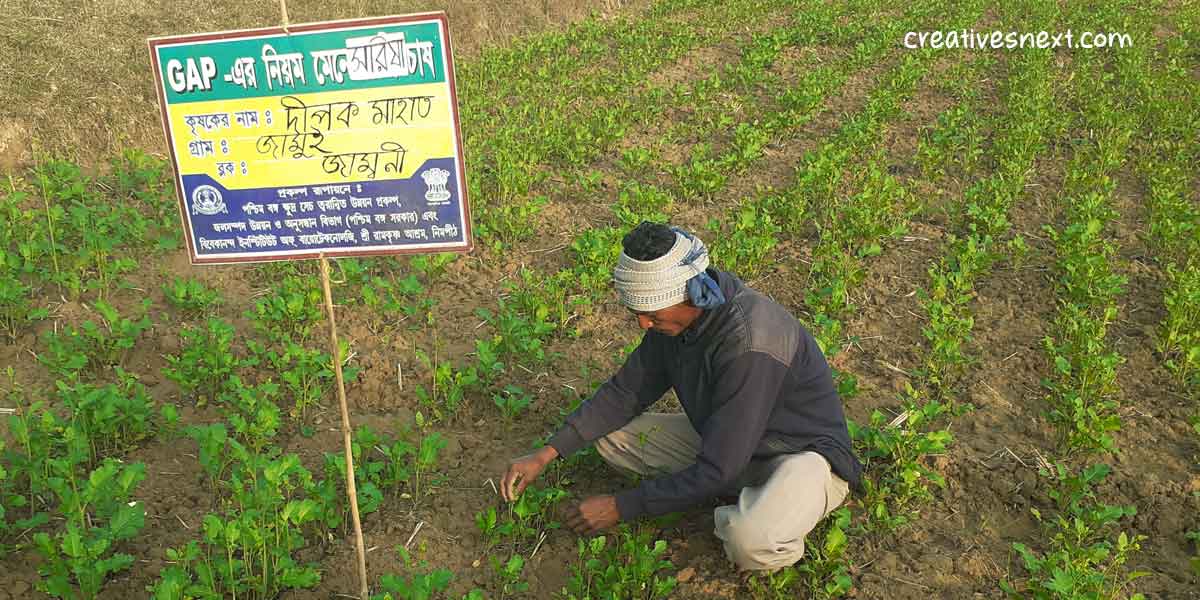
This one is too within the Jamboni Block. Farmer Dipak Mahata led us to his field showing the plant’s health. He maintained that the farmers in this semi-arid region, with low precipitation, are best suited to adopt GAP. Since the source of water is scarce, irrigation is not economic in this region.
Plants drawing less water means a better farm practice altogether and a reduced input cost as well. Besides, Deepak mentioned the acidic nature of the soil has seen improvement to an extent after the GAP program began.
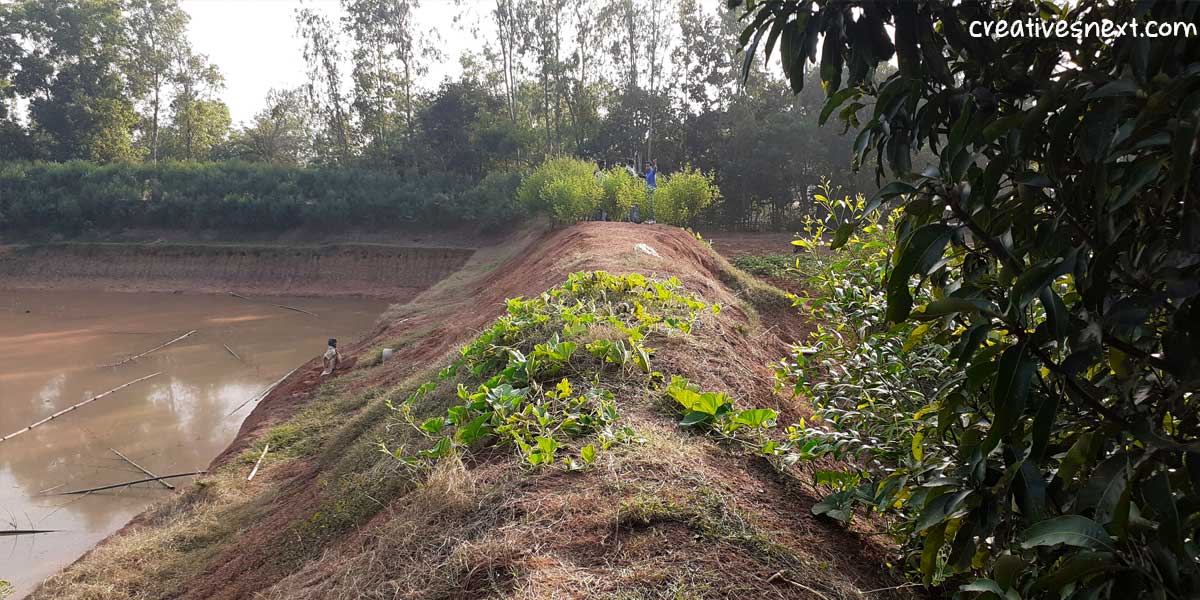
Using pond embankments helps gain better space utilization for cultivation. Here too, we saw mixed croppings like pulses, creeper, and leafy vegetables.
We saw the introduction of Azolla under GAP here at Jamui. It helps gain more nitrogen fixation in the soil, not a common practice before GAP.
Village: Balijhuri
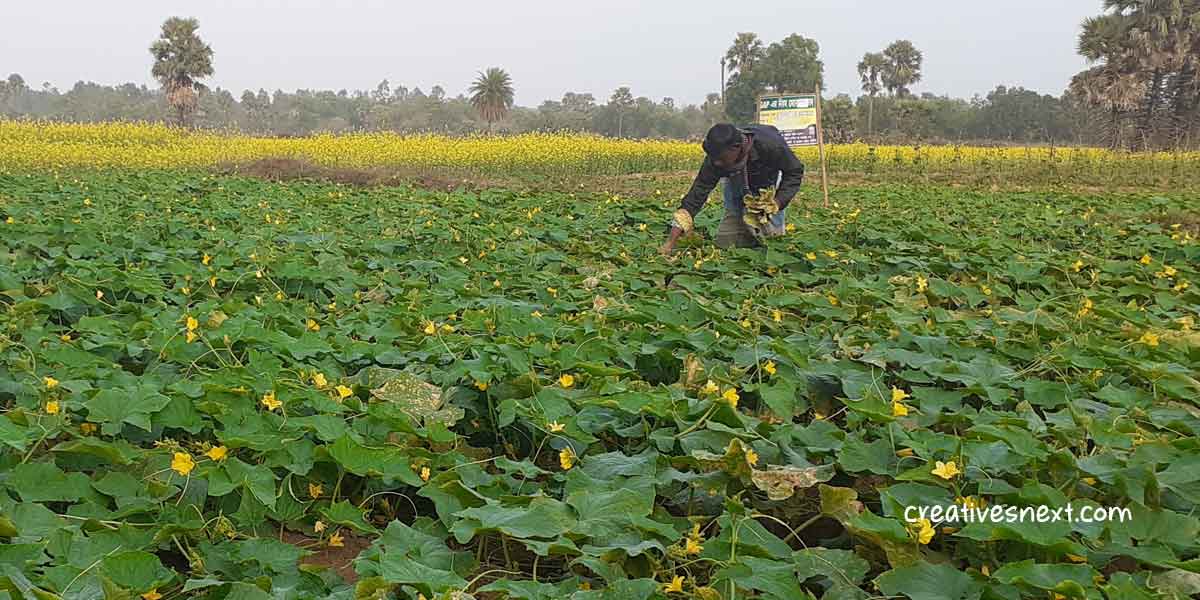
Close to dusk we reached Balijhuri while shooting for GAP on Day 3. The GAP farmers here showed their yield. They talked to the program official Dr. S Kar, who accompanied us, regarding availability of the some microbial inoculants.
The GAP farmers, under this program, have started using bio-inoculants, not known to them before. Microbial inoculants act like vaccines among human beings. They create immunity for a particular plant species against a certain species of pest or disease. This helps the farmers attain safer protection for their crops. Crop failure is a major concern for any farming community in any region. It’s more so where soil fertility and climatic condition are not very conducive for agriculture.
These GAP villages in Jhargram districts look ‘agriculturally scenic’. We had a pleasant time all through shooting for GAP on Day 3. We rushed back to Bankura town on the 5th Jan 2020 evening and boarded a hotel. The next morning we were to move out for the shooting of Day 4.
